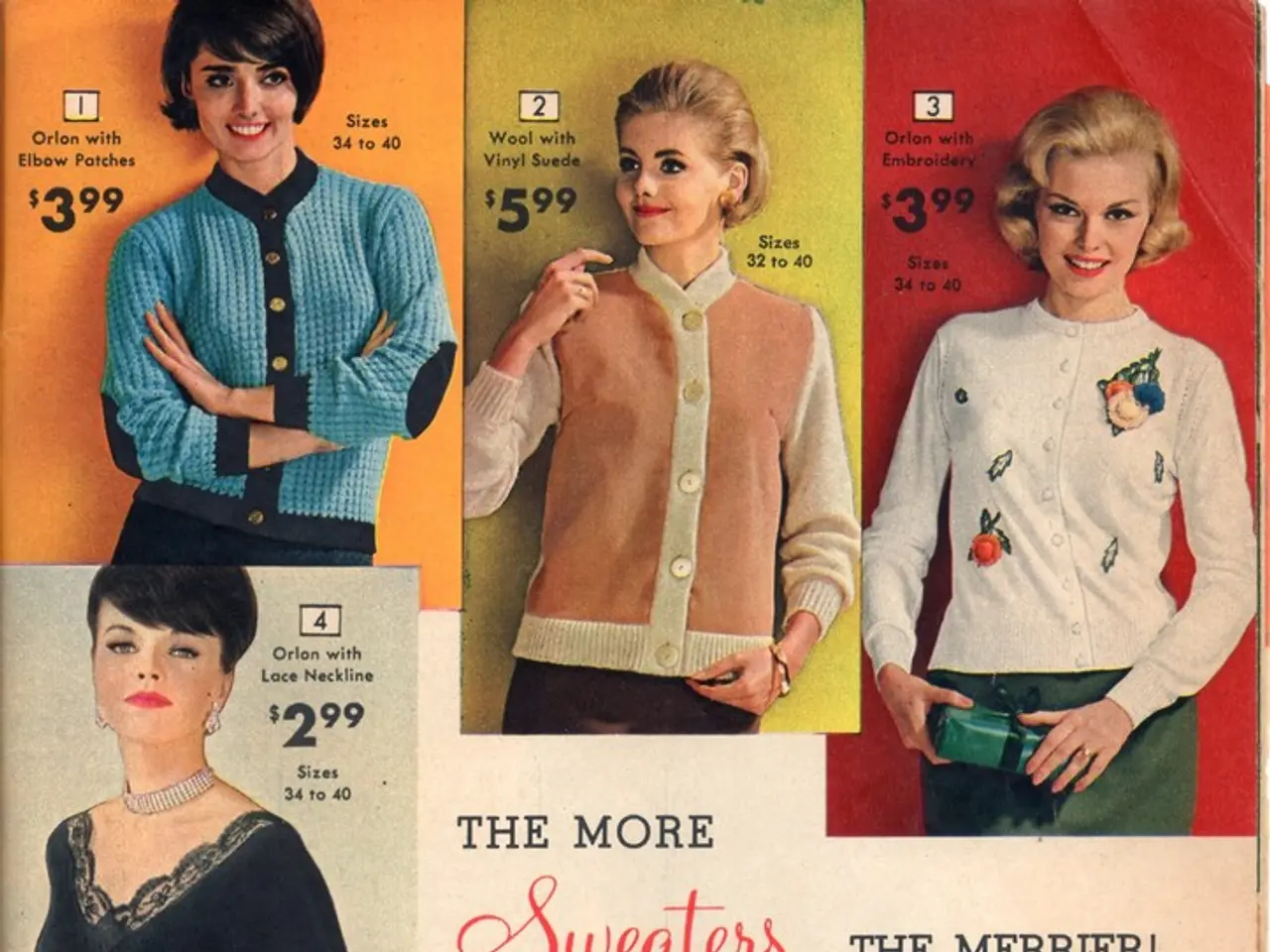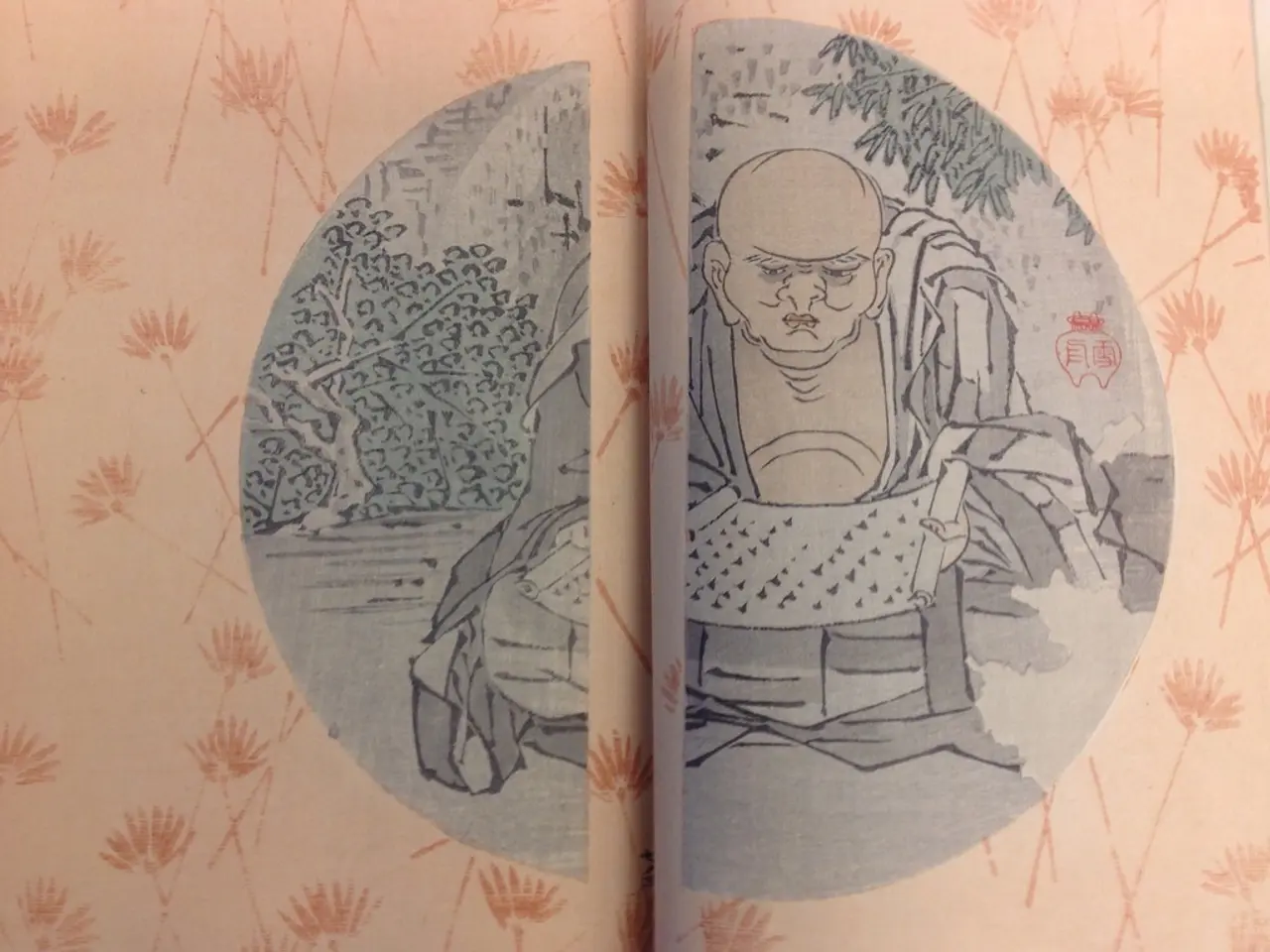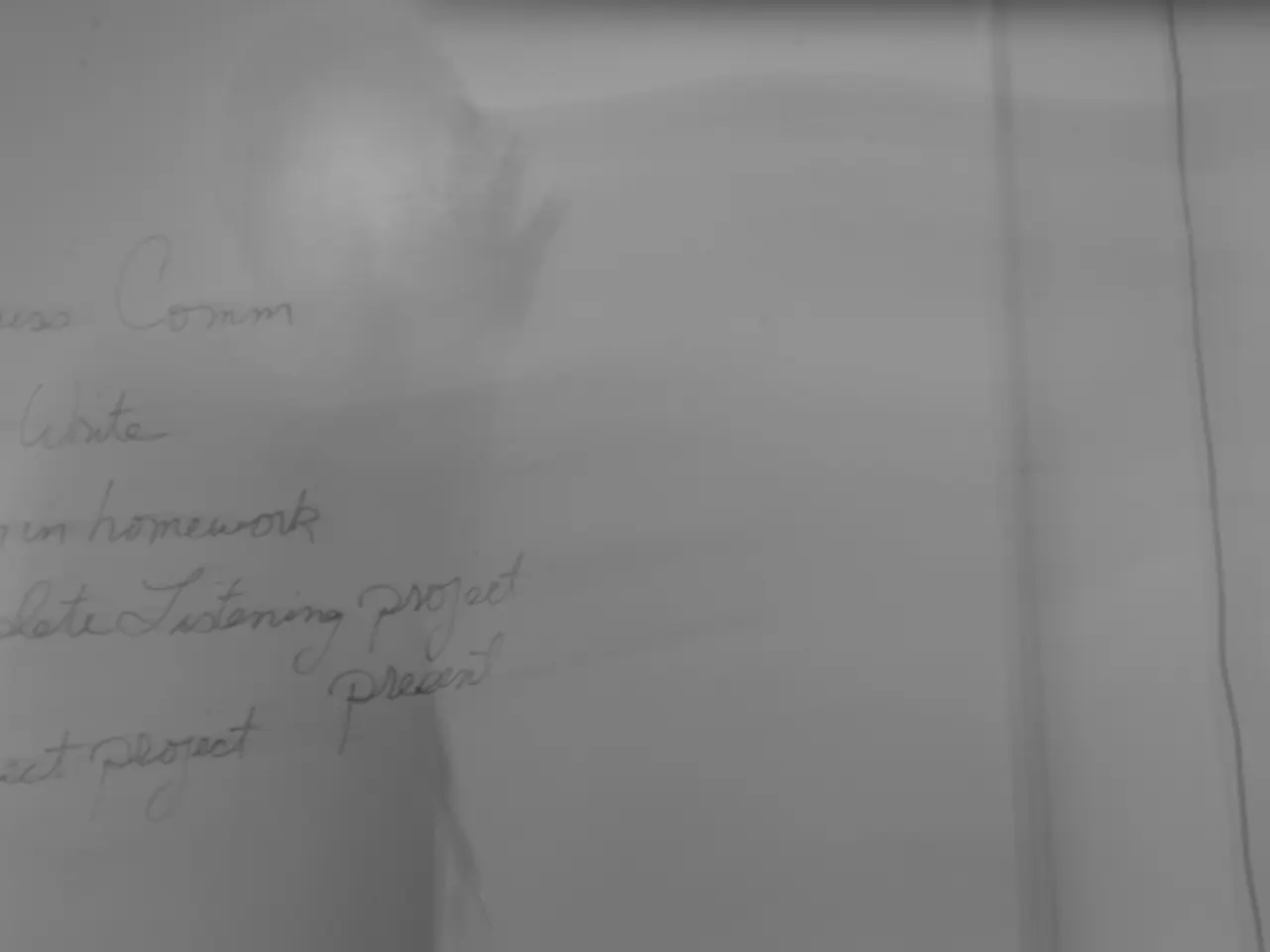Essential Guide to Basic 12-Bar Blues Chord Sequences
In the realm of music, few structures are as iconic as the 12-bar blues. This timeless piece, consisting of 12 bars in common time, is a staple in jazz and blues genres.
The 12 bar blues divides into three four-bar segments. In its simplest form, it contains the tonic, subdominant, and dominant chords. For instance, in the key of C, this would be C major, F major, and G major. However, jazz and bebop artists like Miles Davis and Charlie Parker took the blues and altered it in many different ways to make it their own.
One such alteration is the use of secondary dominants. These chords from outside the home key relate to chords in a progression by a V-I relationship. The most common places that contain secondary dominants are in the 4th measure, as well as the 11th measure in the turnaround. Tritone substitution, pairing secondary dominants with tritone substitution, is also common in the blues.
Chord substitutions and reharmonization techniques are essential for enriching the 12-bar blues. A popular approach is the use of 2-5 progressions instead of sticking to the standard dominant 7th chords. For example, before playing the IV7 chord, inserting a ii7-V7 progression like Cm7-F7 leading into Eb7 adds harmonic interest and a jazzy flavor.
Altered and extended dominant chords, such as 7#9, 7b9, 13b9, and extended chords (9ths, 11ths, 13ths), are also commonly used. These inject tension and release typical of jazz blues styles and add complexity beyond the simple dominant seventh sound.
Fully diminished seventh chords can act as substitutes for dominant chords or serve as passing chords connecting diatonic chords. These chords create chromatic bass lines and smooth voice leading. For example, substituting a VI chord or using diminished chords before a V chord introduces a richer chromaticism.
Half-diminished chords, or minor 7 flat 5 chords, can be used in place of certain dominant or minor chords to add harmonic variety and a softer transition option within blues progressions. Rootless voicings and passing chords between the main chords create a sense of movement and harmonic sophistication.
Specific chord substitutions in the last two bars of the 12-bar blues (the turnaround) are essential for refreshing the progression. Examples include the commonly used I-vi-ii-V (1625) turnaround progression, and employing dominant chord movements with passing diminished or altered chords to reconnect smoothly to the top of the form.
The earliest form of the blues was called the Delta blues, or country blues. Rock guitarists Stevie Ray Vaughn and B.B. King's whole careers were shaped around the blues. Secondary dominant chords and related two chords can exist almost anywhere in the form of a 12 bar blues, making it a versatile and enduring musical structure.
References: [1] Jazz Blues Harmony: Mastering Modern Harmonic Concepts [2] The Complete Guide to Playing Blues Piano [3] The Real Book
Music distribution platforms have a vast impact on the entertainment industry, but the 12-bar blues stands timeless among music pieces, especially in the jazz and blues genres. Amidst the versatility offered by various chord substitutions, reharmonization techniques, and altered chords, the essential structure remains consistent, consisting of nine essential chords: C, F, G, Cm7, F7, Eb7, 7#9, 7b9, and extended chords.








